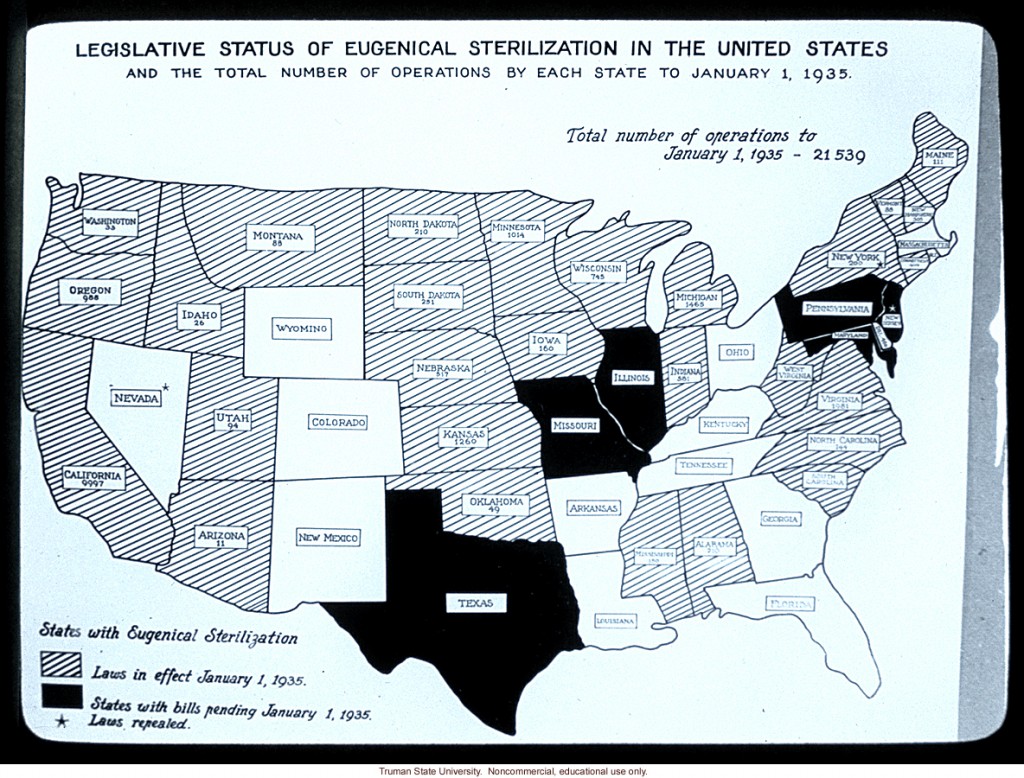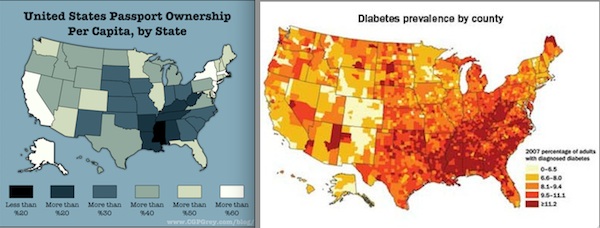Forbes magazine recently ranked Stockton California as the most miserable city in the US, a dubious award that comes as little surprise to the city’s struggling residents. Home prices have declined 67% since 2005, unemployment averaged a whopping 17.2% in 2010, and Stockton has the second highest crime rate in California.
In response, Gregory Basso, a retired Stockton businessman, created a video disputing Forbes’ findings. This clip went viral, at least locally, and was discussed by many Stockton residents. In his video, Basso highlights the attributes of Stockton he believes contribute to his high quality of life. These include “debating whether to wear my sun glasses or not in February,” and the many nearby opportunities for golfing, biking and hiking. He speaks of the seven professional sports teams found within a 2-hour radius, and the ability to sail from the yacht-lined downtown marina, along the Sacramento Delta, all the way to the San Francisco Bay. He ends by describing how Stockton has a great first time homebuyers market, and is a cheap central location for large businesses to come and set up shop.
But Basso’s lifestyle represents only a small minority of Stockton’s residents. The color of Mr. Basso’s skin, wealth, and class standing afford him privileges that most residents do not have access to. In a city with a median per capita income of $19,000, few residents have the opportunity to spend their days playing golf and yachting. Neither can they afford to live in the exclusive gated community where the beginning of the video was filmed. And Basso’s excitement about Stockton’s “first time home buyers market” might seem less compelling to the 58% of Stockton homeowners who owe more on their mortgages than their houses are worth.
It’s also worth noting that nearly all of the people depicted in Basso’s video (with the exception of University of the Pacific students) appear to be white. This is striking in a city where 32% of residents identify as Hispanic or Latino/a, 11% as African American and 20% as Asian (source). Because people of color tend to be less well off economically than whites, it stands to reason that many of these people are experiencing the misery that Basso claims that Forbes magazine “got all wrong” are people of color. And although Basso highlights many positive things about Stockton, he mentions neither its rich diversity nor its wide variety of ethnic cuisine.
Sociologist Ruth Frankenberg writes that “privilege is the (non) experience of not being slapped in the face.”* What she means by this is not only that that white and middle class individuals have advantages over working class people and people of color, but that those of us with privilege often don’t see just how much these differences matter. She argues that race and class disparities are reproduced when those with more privileges do not look, and therefore do not see, just how different our circumstances can be.
Clearly, the goal of this video’s creator is not to erase the experiences of other Stockton residents. To the contrary, it seems he wants to diminish the stigma attached to being named the most miserable city in the US, and to cast it as a place that businesses might want to locate. This could even help generate opportunities for the very people experiencing hardships. However, in this video, Basso chooses not to see the real problems that affect many Stockton citizens. Without an understanding of these problems, Stockton residents are less prepared to address them.
* Frankenberg, Ruth. 1996. “When we are capable of stoppoing we begin to see” in Thompson and Tyagi (eds), Names We Call Home. NY: Routledge. p. 4
——————————
Brianna Gall is a senior sociology major at the University of the Pacific and was born and raised in Stockton, CA. Dr. Alison Hope Alko is Assistant Professor of Sociology at University of the Pacific, where she teaches a seminar in public sociology. Her research interests include inequality, environment, food and the social construction of place.
If you would like to write a post for Sociological Images, please see our Guidelines for Guest Bloggers.













